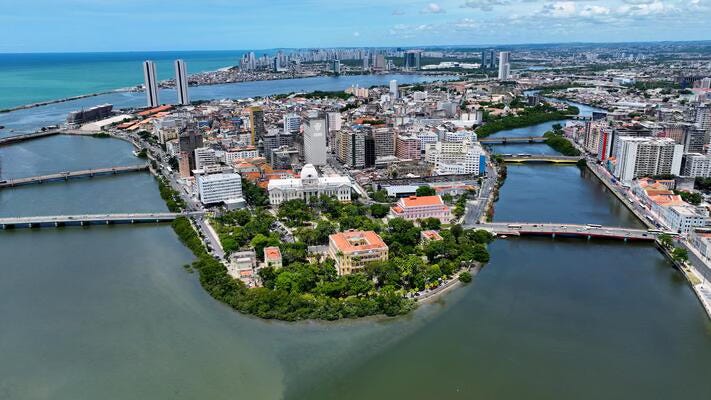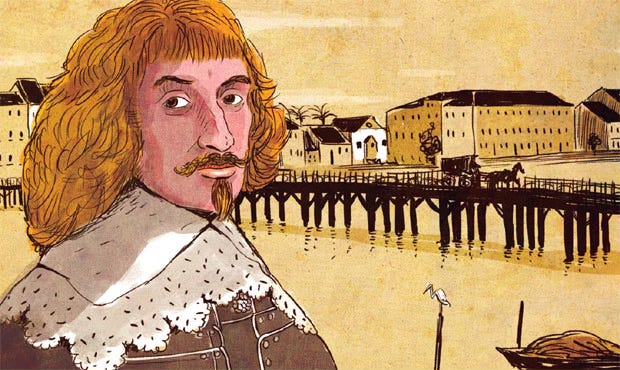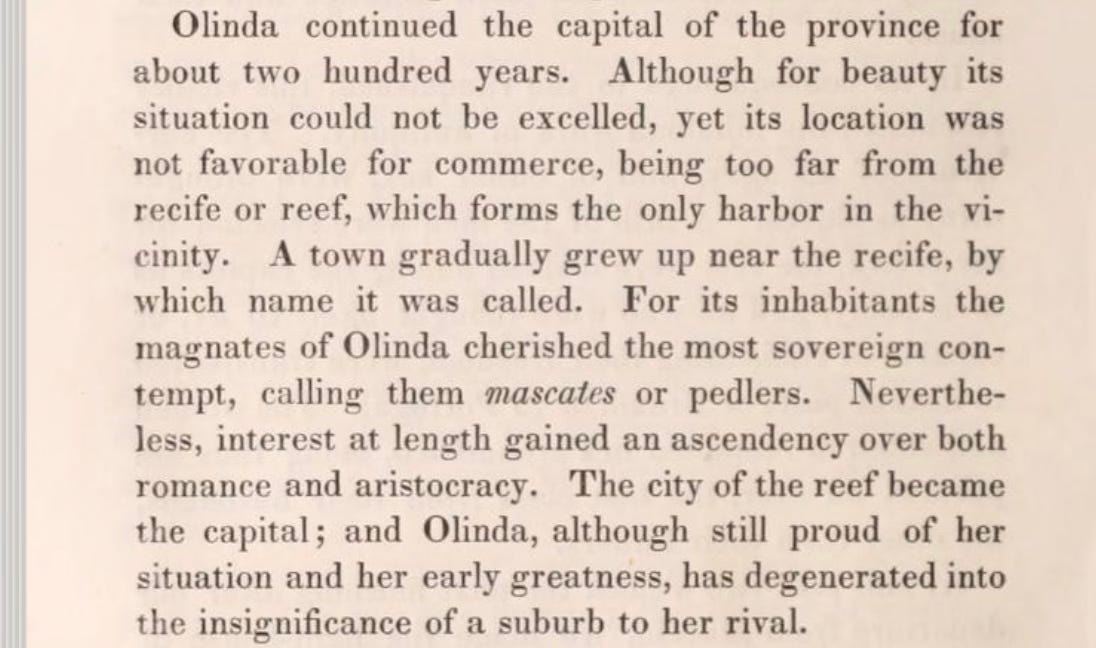Versão em português
Recife is often called the Veneza Brasileira for its canals and bridges. While the nickname is driven more by romance than resemblance to Venice, the city's real inspiration comes from another European waterway city - Amsterdam, the “Venice of the North”1.
Both Amsterdam and Recife are port cities built on deltas, and their histories are closely intertwined. When the Dutch ruled Pernambuco in the 17th century, they made Recife - then called Mauritsstad - the capital of their colony. Around the same time, Amsterdam was developing its iconic canals, a design that John Maurice of Nassau, Governor of Dutch Brazil, sought to replicate in Recife by planning its central neighborhoods and commissioning its first bridges2.
The connection between the two cities resurfaced in the early 2010s when experts, universities, and institutions from both sides of the Atlantic launched the RxA Project to address shared urban challenges [1]. What began as a series of video conferences grew into a Dutch fact-finding mission to Recife, complete with workshops and seminars. Later rebranded as RxH, the initiative established an ongoing exchange between the cities [2].
This 21st-century connection, however, is just the latest chapter in a much older story.
From Olinda to ‘Olanda’
The Dutch-Portuguese conflict was part of a broader European struggle for dominance during the 17th century. With Spain and Portugal united under one crown during the Iberian Union (1580-1640), the Dutch, who had recently gained independence from Spain in the Eighty Years' War, saw an opportunity to challenge both the Spanish and the Portuguese. The Dutch aimed to weaken Spanish power in the Americas and seize control of important trade routes, including the sugar trade in Brazil. This strategic shift was pivotal in their decision to invade Pernambuco and reshape Recife. The invasion of Pernambuco was motivated by two other key factors beyond the region’s dominance in sugar production: its strategic proximity to Europe, and its relative vulnerability compared to the Portuguese capital [4].
Before their arrival, however, power rested in Olinda. The shift from Olinda to Recife as the capital of Pernambuco was driven by both practical and symbolic factors. Olinda’s location became a disadvantage as trade expanded. Recife’s natural harbor, however, made it the commercial center and, over time, its economic importance led to it replacing Olinda as the capital.
While Recife’s rise was economically driven, Olinda’s inhabitants viewed the loss of their status as divine punishment for their pride and excess. Friar Antonio Rosado’s 1630 sermon captured this belief, stating that “from Olinda to Holland, there is nothing more than the changing of an i with an a,” suggesting the city’s fall was a moral consequence [4]. Olinda’s elites used to look down on Recife for being all about trade, but as the city grew, their own importance shrank.
Conclusion
Recife’s evolution as a modest port in the shadow of Olinda to a commercial hub shaped by the Dutch reflects its adaptability. While its ties to Amsterdam can help inform its development, the city's relationship with water remains a continuing issue.
While both have their similarities and historical ties, Amsterdam is considered a water city while Recife is more like a city that happens to have water. In other words, Recife doesn’t fully make use of its canals, etc. According to an advisor to Amsterdam’s public water authority, “there seems to be little integration of challenges in urban planning in Recife. Dealing with water challenges is, from our European perspective, essential for cities of the future.”
As part of the Brazilian-Dutch collaboration, the Water Tree concept emerged in 2012, seeking to integrate Recife’s water systems into urban planning [6]. Envisioning the city as a tree, water can act as the central connecting element between the existing environment, topography, and public spaces. This frame of reference guided projects like the Capibaribe Park3 - which is slowly coming to fruition - and interventions in Graças, transforming roads into green spaces and repurposing riverbanks for public use.
Through years of experimentation, the Water Tree has proven valuable as a tool for urban planning, offering a cohesive narrative. By viewing the city as an interconnected system, it offers a foundation for sustainable redevelopment, adaptable to various urban contexts - including, perhaps, potential future applications in the Netherlands.
Additional Information
1 - The First Jews in the Americas
Sources
2 - Recife Exchange Amsterdam (16m)
3 - Maurício de Nassau, um gênio civilizador no Brasil
4 - Quantas Olindas cabem em um sítio histórico? (pdf)
5 - Sketches of residence and travels in Brazil (1845)
6 - Good practice: creating a conceptual framework as a guideline for urban redevelopment (pdf)
The Maurício de Nassau Bridge was the first bridge in Brazil
a 31 km-long park along the Capibaribe River, which runs through the city







